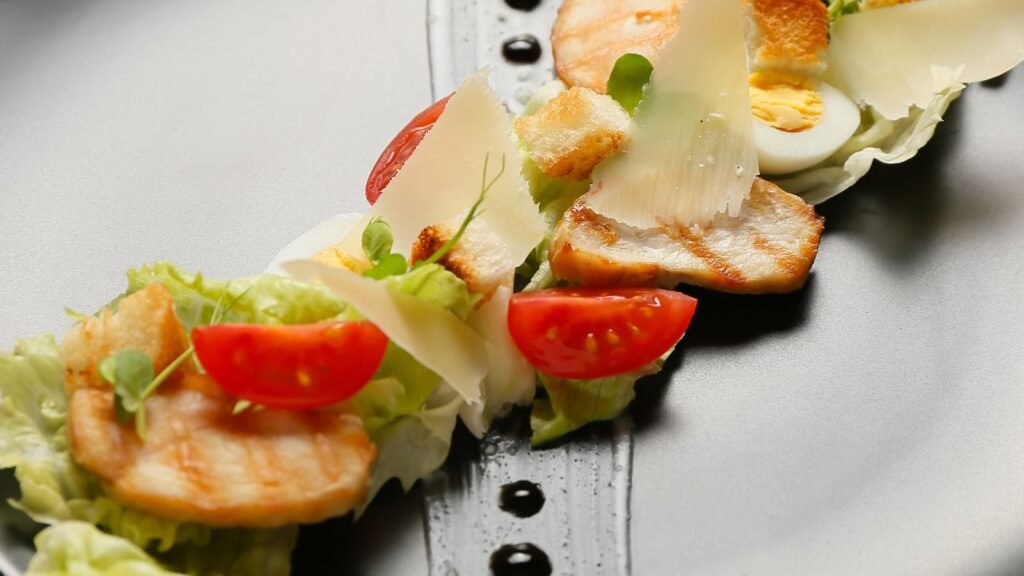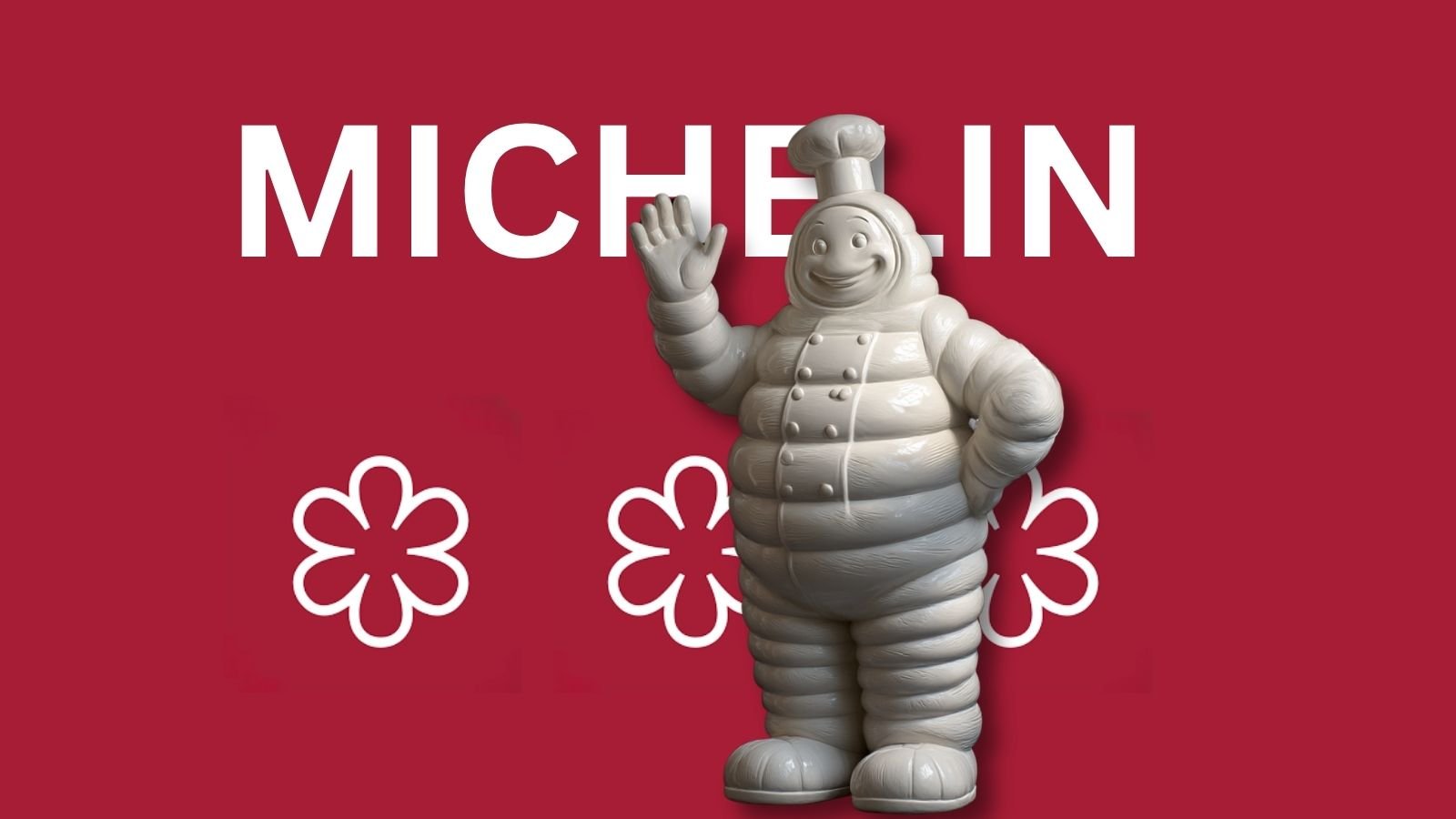Why do restaurants want the Michelin stars?
Why do restaurants want the Michelin stars is a question that might seem simple. Glory, ego, money? Yes, yes, and also yes. But behind those shiny little stars is a universe of drama, ambition, obsession and the occasional melted-down chef sobbing in a walk-in fridge.
Let’s begin in a rubber factory. The Michelin Guide started in 1900, thanks to the Michelin brothers who, oddly enough, made tyres. Their logic was charmingly entrepreneurial: if people drove more, they’d wear out more tyres. So they printed a travel guide to help motorists find decent places to eat, sleep, and fill up. This was not about gastronomy; it was about selling rubber. Nobody expected it would morph into the global gastronomic overlord it is today.
Back then, it came free with your car. You got a map, petrol stations, and maybe a cheese recommendation. The star system only kicked off in the 1920s, with one star meaning “a very good restaurant in its category.” Two stars? “Worth a detour.” Three? “Worth a special journey.” That’s right. A special journey. Like, hop-on-a-plane, hire-a-car, re-mortgage-the-house kind of journey. And yes, people do it. Routinely.
A Michelin star is more than just a symbol. It’s a magnet. People hear about it and flock in droves. A sleepy little village restaurant in the French countryside can suddenly find itself on every Tokyo influencer’s wishlist. The impact is seismic. Tables book out months in advance. Prices double. Waiters acquire the swagger of Broadway performers.
For chefs, it’s crack-level addictive. The thrill of getting one star is nothing compared to the aching hunger for that second. The third? That’s the Everest summit. Many chefs say they don’t cook for the stars, but that’s like a politician saying they don’t care about polls. Sure. And I only eat kale for the flavour.

Here’s the twist: not everyone wants them. Some chefs have famously given their stars back. Or tried to. The Guide doesn’t technically allow that, which makes it all the more deliciously tense. The late Benoît Violier was found dead just months after his restaurant topped the La Liste ranking. Bernard Loiseau’s suicide in 2003 sent tremors through the food world, amid rumours he feared losing his third star. The pressure, for some, is unbearable. The kitchen becomes a war zone of perfectionism. Everything gets weighed, measured, tweaked, and re-plated till it resembles edible origami. Casual bistros they are not.
Still, the Guide endures. It’s secretive and stubbornly anonymous. Inspectors don’t announce themselves. They don’t ask for selfies. They sneak in, eat quietly, take notes, and vanish like culinary phantoms. Their power is terrifying. One slightly overcooked quail and poof! Your life’s work might slide off the map.
Then there’s the rulebook. Michelin doesn’t publish a checklist, but insiders whisper about consistency, precision, and technique. Ambience? Irrelevant. Personality? Optional. This isn’t about warmth or charm. It’s about sauce that shines like lacquer and beef that bleeds just so.
Geography matters too. France still reigns supreme, because, well, they invented the whole thing. Tokyo has the most stars, Paris the most drama, and London the most places where you’ll pay £15 for an amuse-bouche that looks like a microbe. Some cities get love bombed by Michelin; others wait decades for a nod. Seoul only joined the club in 2016. Entire countries remain uninvited to the party.
Meanwhile, some chefs chase stars like Olympic medals. Alain Ducasse holds a whopping twenty. Yes, twenty. Gordon Ramsay, famously, burst into tears when his New York restaurant lost its two stars. It was like losing a girlfriend, he said. One imagines a very expensive girlfriend who smelled faintly of truffle oil.
Then there’s the bizarre things that happen once you get a star. Local councils suddenly care. Neighbours complain about traffic. Suppliers offer you better produce. Tourists show up in taxi convoys. Even your staff start treating you like royalty, or worse, a dictator. Suddenly, every dish has to be flawless. That quirky off-menu special? Dead. That messy but delicious dessert? Banished. Everything becomes… curated.
Michelin has its quirks. It loves French food. It tolerates Japanese food. And it took ages to acknowledge street food. A Singapore hawker stall famously got a star, and everyone lost their minds. Could a £2 bowl of noodles really be Michelin quality? Yes. Apparently. Though it didn’t last.
The Guide also has a weird thing for precision over soul. It can reward a technically perfect but utterly boring dish, while ignoring the raucous, messy joy of a meal cooked with love and maybe a bit of swearing. It’s the culinary equivalent of dating someone because they have great dental hygiene and own a yacht.
And yet… there’s magic in it. When done right, a Michelin-starred meal can genuinely feel like time stopped. A mouthful of food that makes you pause, close your eyes, and rethink your life choices. It’s theatre. It’s art. And it’s science. And yes, it’s still food, technically.
But not all stars age well. Some chefs report that once awarded, a star becomes a golden cage. You can’t innovate freely. You can’t cook off-piste. Everything gets locked into expectation. And the Guide? It doesn’t always warn you before it cuts you loose. You find out with the rest of the world. One day you’re top of the pyramid; the next, you’re back on the plains with the herd.
The economic bump can be brutal too. That flood of customers? It can crash a kitchen. Staff burn out. Standards slip. Bad reviews creep in. And Michelin? It’s watching. Always.
Still, restaurants queue up for the chance. Because even with the stress, the rules, the snobbery, the Guide offers what few others can: a promise of greatness. It tells the world that here, on this corner, in this room, a miracle happens nightly. Whether it’s a 12-course tasting or a single perfect omelette, a star says: pay attention.
Some restaurants hang on to stars for decades. Others flame out in a single year. But in both cases, the badge remains—a kind of edible legend. And as long as diners dream of perfection, and chefs believe they can conjure it, Michelin will keep doling out its little glitter bombs of validation.
So, why do restaurants want the Michelin stars? Because it’s the most intoxicating mix of validation, fame, madness, and money ever squeezed into a guidebook. It’s a drug disguised as a dinner. A rating system that can change lives with a whisper. And it all started because someone wanted to sell more tyres.
Somewhere, the Michelin brothers are laughing into their escargots.
